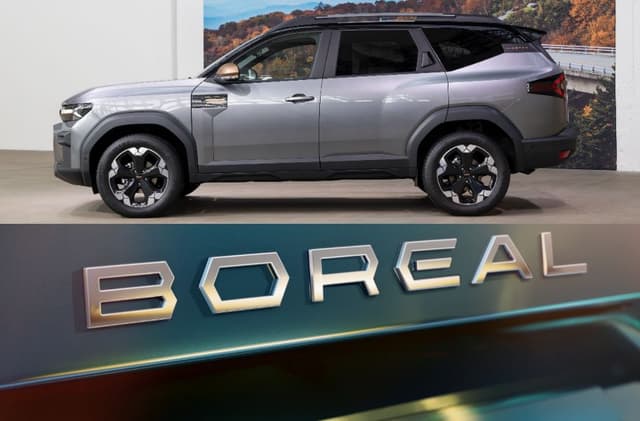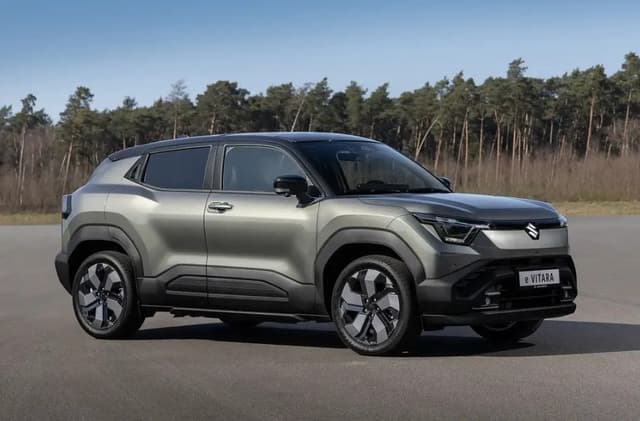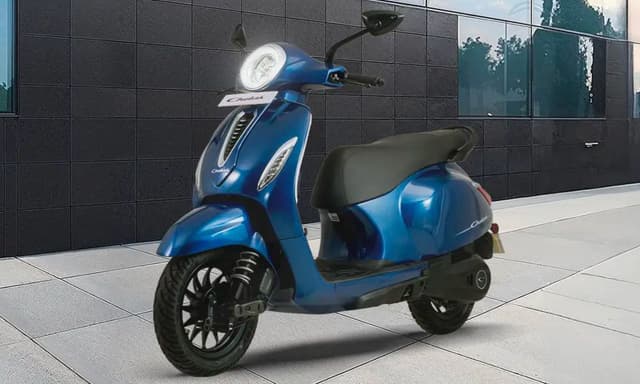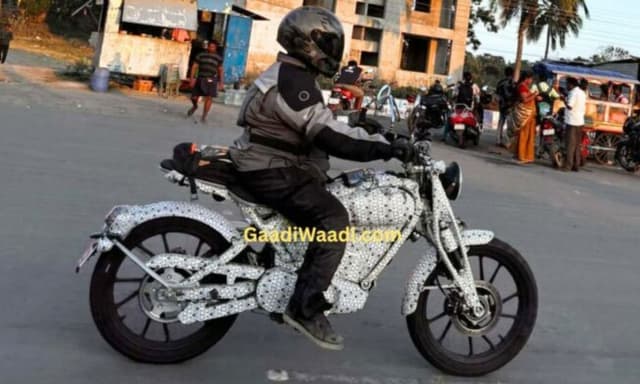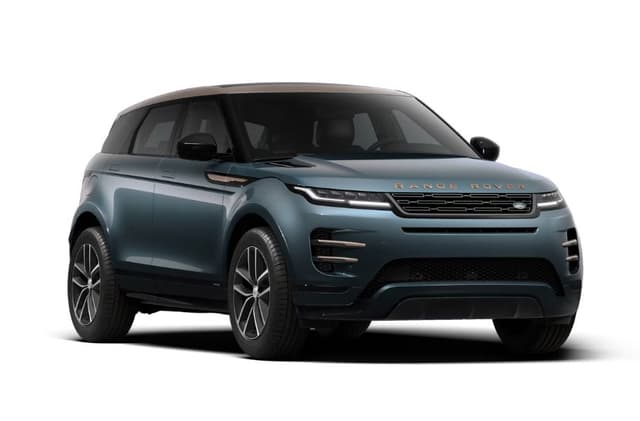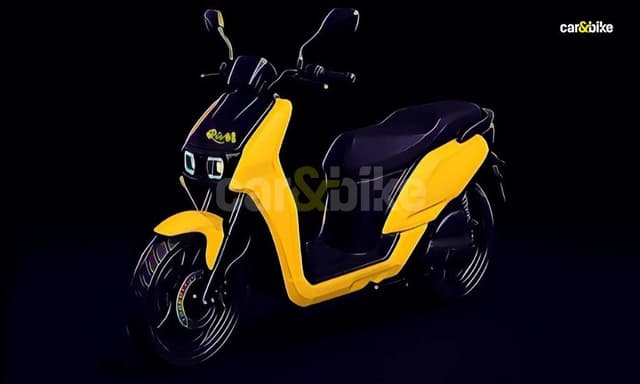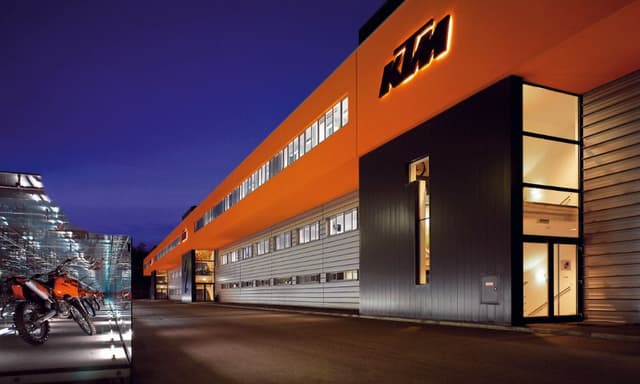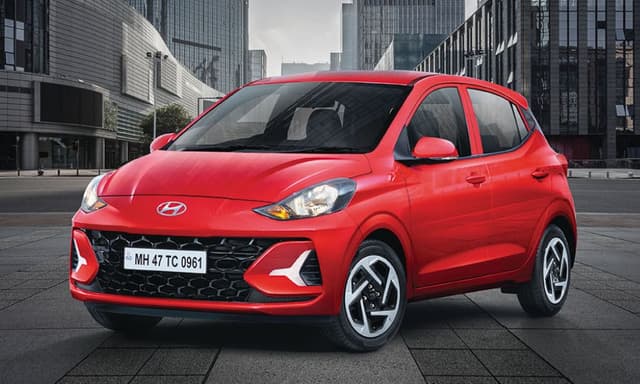Volkswagen Reveals I.D. Buzz Cargo

Highlights
Volkswagen has revealed the I.D. Buzz Cargo which is an electrically powered commercial vehicle. The car is the most innovative zero-emission transporter and Volkswagen is looking to launch the car as early as 2021. Meanwhile, the concept vehicle offers a glimpse into the middle of the next decade with its alternative, fully-automated 'I.D. Pilot' driving mode (level 4). The transporter concept being presented at the IAA Commercial Vehicles in Hannover is a progressive sibling of the I.D. Buzz. The I.D Buzz was presented in 2017 in Detroit and production of that car will start in 2022.
The new I.D. Buzz Cargo has been designed to be just as close to production level. The I.D Buzz Cargo, like all models in the I.D. Family is based on the Modular Electric Drive Kit (MEB). With the MEB it is possible - dependent on battery size and the model concerned - to achieve ranges of about 330 to over 500 km on a single charge.
The payload (maximum load) of the concept vehicle is 800 kg; the I.D. Buzz Cargo is 5,048 mm long, 1,976 mm wide and 1,963 mm tall. Its wheelbase measures 3,300 mm. By the way, the rear overhang was extended by 106 mm, making the cargo version of the I.D. Buzz significantly longer than the van shown in Detroit.

The VW ID Buzz Cargo is based on the MEB architecture
On the outside, the I.D. Buzz Cargo concept is differentiated from the people carrying version by a new solar roof, wide-opening rear wing doors and a new rear bumper. With a view towards optimising utilisation of the cargo space with shelving systems, there is no sliding door on the driver's side - and this is typical of transporters. The front doors and sliding door open electrically. Unlocking the vehicle from the outside is activated via a sensor solution. The van also recognises authorised persons via a digital key which is sent to the van from a smartphone.
Instead of the 22-inch wheels of the Detroit concept vehicle, new 20-inch wheels are used with size 235/55 tyres. The solar module on the roof is able to extend the range of the I.D. Buzz Cargo by up to 15 km a day. So the longer the concept vehicle stands in the sun, the further it can drive later.
The interior has also been tailored for commercial use - down to the smallest detail. From the driver's cab to the rear, the Buzz Cargo exhibits an entirely independent concept. Instead of two single seats, the concept vehicle is equipped with the driver's seat and a double bench-seat on the front passenger side - a typical commercial vehicle solution. The middle seat can be folded down. This opens up a workplace, at which the driver can take care of organisational matters via an integrated laptop. In the automated "I.D. Pilot" mode this can even be done on the move. The driver activates the autonomous mode at level 4 of the corresponding VDA classification (VDA = German Automotive Industry Association) by simply pushing on the steering wheel for a few seconds. It then retracts into the redesigned instrument panel. Thereafter the driver's seat can be turned 15 degrees to the right in order to enable the on-board computer to be operated from the ideal ergonomic position.

The cabin of the VW ID Buzz Cargo comes with an augmented reality HUD
There is no cockpit in the conventional sense in the I.D. Buzz Cargo. Instead, key information is projected onto the road in 3D via its augmented reality head-up display. This positions the information precisely in the driver's line-of-sight, allowing the driver to concentrate fully on road traffic. Other information is displayed on a tablet; features such as infotainment and climate control functions are also operated via this portable tablet. The main controls for driving, meanwhile, are located on the steering wheel. Its inner section is not fitted with spokes and buttons - as is normal today - rather it has a touchpad with a variety of fields. The conventional steering wheel becomes a multifunctional steering wheel.
Like all members of the I.D. Family, the I.D. Buzz Cargo is characterised by an exceptionally large interior, with its innovative package enabled by the MEB. The battery is integrated into the vehicle floor, lowering the vehicle's centre of gravity and significantly improving handling. The transporter's axles have been shifted outwards, because no space is required for a combustion engine at the front, and the compact electric motor with its gearbox is mounted on the rear axle. This creates additional space (up to 0.2 m3) in the front of the concept vehicle. The electric motor drives the multilink rear axle. As an alternative, an electric all-wheel drive version with improved traction and performance can be implemented - as in the van. A rear axle steering system from the Detroit concept van was also adapted to the I.D. Buzz Cargo; in conjunction with the large turn-in angle of the front wheels, this results in an extremely small turning circle of less than 10.0 metres - ideal for manoeuvring in the city.

The vehicle's top speed is electronically limited to 160 km/h.
The electric drive of the I.D. Buzz Cargo consists mainly of the electric motor with power electronics and 1-speed gearbox integrated into the driven rear axle, the lithium-ion battery and auxiliary units integrated in the front body. The flow of high-voltage energy between the motor and the battery is controlled by the power electronics. Here, the direct current (DC) stored in the battery is converted into alternating current (AC). A DC/DC converter supplies the on-board electronics with 12 volts. As noted, it is possible to equip the I.D. Buzz Cargo with different size batteries according to the vehicle's use profile. If the transporter covers fairly normal distances in the city on a daily and weekly basis, a lithium-ion battery with an energy capacity of 48 kWh is recommended. If greater range is needed, the energy capacity can be increased up to 111 kWh. The vehicle's top speed is electronically limited to 160 km/h.
The high-voltage battery of the I.D. Buzz Cargo is charged by cable connection. Using fast charging systems operating at 150 kW direct current, the 48-kWh battery can be charged to 80 per cent capacity in 15 minutes; for the largest battery expansion stage with an energy capacity of 111 kW it takes 30 minutes.
Latest News
Popular Volkswagen Models
 Volkswagen VirtusEx-Showroom Price₹ 10.89 - 19.15 Lakh
Volkswagen VirtusEx-Showroom Price₹ 10.89 - 19.15 Lakh Volkswagen TiguanEx-Showroom Price₹ 35.17 Lakh
Volkswagen TiguanEx-Showroom Price₹ 35.17 Lakh Volkswagen TaigunEx-Showroom Price₹ 11.7 - 19.74 Lakh
Volkswagen TaigunEx-Showroom Price₹ 11.7 - 19.74 Lakh Volkswagen New TiguanEx-Showroom Price₹ 35.17 Lakh
Volkswagen New TiguanEx-Showroom Price₹ 35.17 Lakh Volkswagen Tiguan R-LineEx-Showroom Price₹ 49 Lakh
Volkswagen Tiguan R-LineEx-Showroom Price₹ 49 Lakh Volkswagen Virtus GTEx-Showroom Price₹ 17.48 - 19.35 Lakh
Volkswagen Virtus GTEx-Showroom Price₹ 17.48 - 19.35 Lakh

